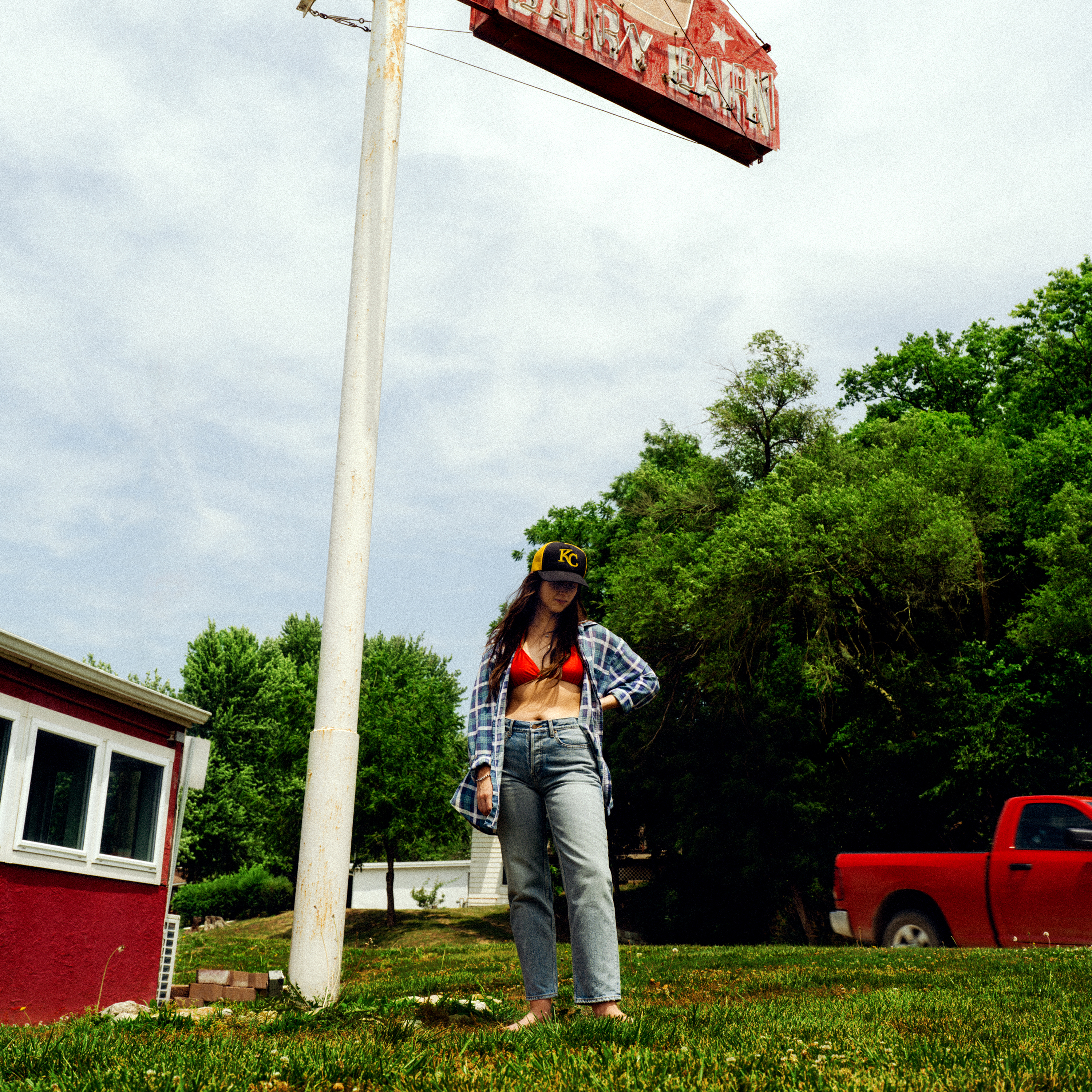Katie Crutchfield’s piercingly introspective album was released on March 22.
Hailing from Alabama, Waxahatchee’s Katie Crutchfield takes her name from the sprawling creek that runs adjacent to her childhood home. Given this history, it’s hardly surprising that her latest project is staged against a backdrop of pastoral motifs, bolstered by intricate guitar licks and poignantly fraught lyrics. A homegrown twang snakes through Tigers Blood, reminiscent of her previous album, Saint Cloud, which sees Crutchfield at her most reflective.
The first four songs on Tigers Blood, with the exception of the final eponymous track, represent the album’s strongest stretch, beginning with “3 Sisters,” a mournful ballad written with the same devastating specificity as prime Taylor Swift: “You drive like you’re wanted in four states.” The track benefits from the expertise of Wisconsin producer Brad Cook, a frequent Indie collaborator who has previously worked with the likes of Bon Iver (that’s him, on piano and guitar, in 22, A Million) and Snail Mail. “If you’re not living, then you’re dying,” a lyric delivered on the back half of the track, seems to encompass the album’s central artistic and moral value proposition.
“Evil Spawn” is a joyful exercise in self-flagellation, where deficiencies represent opportunities for play. You can hear Crutchfield’s grin as she playfully suggests, “There ain’t nothing to it babe, we can roll around in the disarray.”
The album’s fourth track, “Right Back to It” engages in the same kind of blithesome world-building, and one only needs to watch the music video to experience the earthy grandeur of Crutchfield’s vision. MJ Lederman, who provides the tight guitar grooves and backup vocals, pilots a pontoon boat while Crutchfield sings; the facial expressions deployed as she delivers her lyrics are gorgeously defiant, suggesting a story more turbulent than the tranquil everglades-esq swampland which surrounds her might suggest.
The album closes with “Tiger’s Blood,” whose title is an ode to the shaved ice flavour and its messy strawberry dribblings, a recurring motif that gestures towards a return to childlike innocence. It’s a track seeping with nostalgia, a powerful force which animates Crutchfield’s gentle croons: “We were young for so long, seersuckers of time.”
There is nothing glossy or presumptuous about Waxahachie. Crutchfield’s charm lies in the ability to bring her listeners down to earth with her, and although you might emerge with dusty jeans and muddied fingernails, you’ll somehow be breathlessly happy about it. With Tigers Blood, one feels Crutchfield is content to sit on the sidelines and watch as other contemporary artists strive for relevance in a musical landscape characterized by the proliferation of robust metanarratives about culture. A breath of fresh air, Waxahatchee’s latest release is a triumph of self-recognition and frisky optimism.
8.5/10
Trial track: Lone Star Lake
